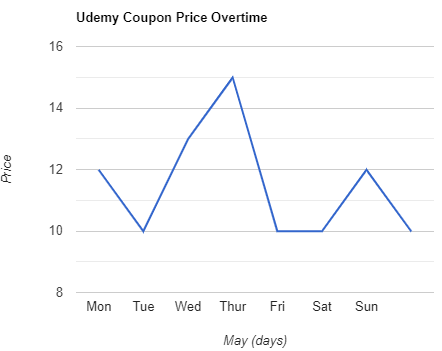Designing, Running, and Analyzing Experiments
You will learn how to design technologies that bring people joy, rather than frustration. You'll learn how to generate design ideas, techniques for quickly prototyping them, and how to use prototypes to get feedback from other stakeholders like your teammates, clients, and users. You'll also learn principles of visual design, perception, and cognition that inform effective interaction design.
Created by: Scott Klemmer
 Quality Score
Quality Score
Overall Score : 62 / 100
 Live Chat with CourseDuck's Co-Founder for Help
Live Chat with CourseDuck's Co-Founder for Help
 Course Description
Course Description
 Instructor Details
Instructor Details

- 3.1 Rating
 122 Reviews
122 Reviews
Scott Klemmer
Scott is a Professor of Cognitive Science and Computer Science & Engineering at UC San Diego, where he is a co-founder and Associate Director of the Design Lab. Before joining UCSD, he was an Associate Professor of Computer Science at Stanford University, where he co-directed the Human-Computer Interaction Group and held the Bredt Faculty Scholar development chair. Organizations around the world use his lab's open-source design tools and curricula; several books and popular press articles have covered his research and teaching. He helped introduce peer assessment to open online education, and taught the first peer-assessed online course. He has been awarded the Katayanagi Emerging Leadership Prize, Sloan Fellowship, NSF CAREER award, and Microsoft Research New Faculty Fellowship. He has authored and co-authored more than 40 peer-reviewed articles; eight were awarded best paper or honorable mention at the premier HCI conferences ( CHI/ UIST/ CSCW). His former graduate students are leading profe ssors, resear chers, fo un de rs, social entrepreneurs, and engineers. He has a dual BA in Art-Semiotics and Computer Science from Brown University, Graphic Design work at RISD, and an MS and PhD in Computer Science from UC Berkeley. He serves on the editorial board of TOCHI and HCI, co-chaired the UIST-2011 program, co-chaired the CHI-2010 systems area, and has served on advisory boards for academic programs, research labs, and startups passionate about interaction design.




